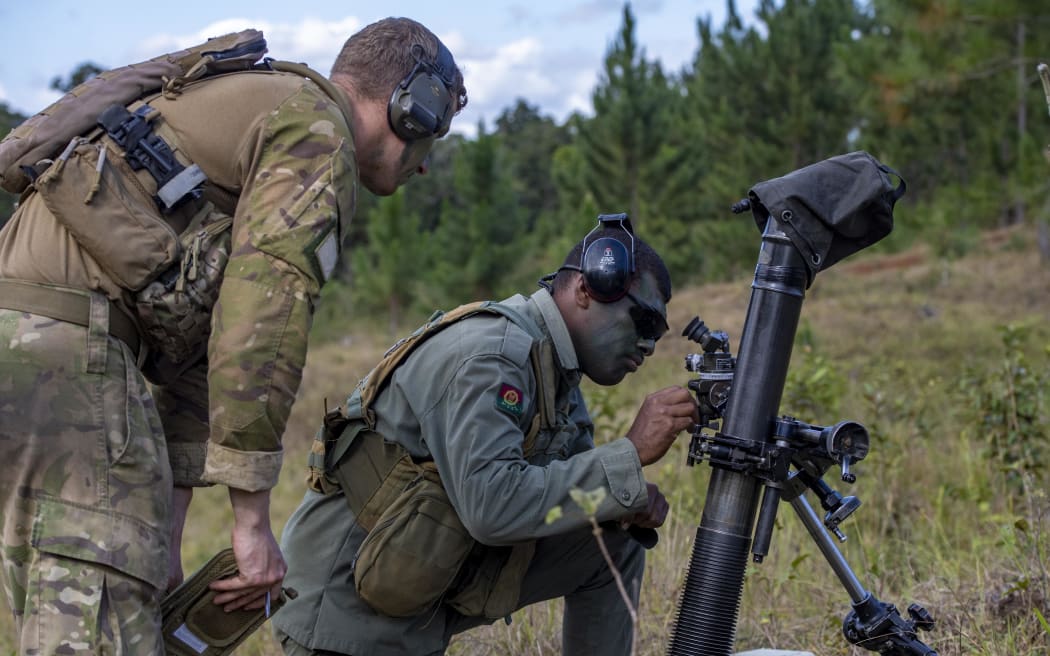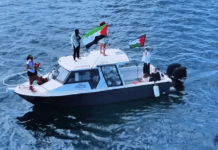
Mortar demonstrations involving military forces from five nations have taken place in Fiji.
The tactical field training exercise called Exercise Cartwheel was a US and Fiji-led multinational exercise conducted in the Nausori Highlands.
It involved defence personnel from the Republic of Fiji Military Forces, United States Army Pacific, the New Zealand Defence Force, the British Army and the Australian Defence Force.
The exercise was designed to enhance capability in both urban and jungle environments.
Training also included demonstrations of sustained fire machine guns, section attacks and ambushes, reacting to enemy indirect firing, and ethical decision-making scenarios.
TVNZ reported Major Atonia Nagauna of the Fiji Infantry Regiment, Third Battalion, saying that Pacific nations faced challenges that require collective action.
“When I talk about threats, I talk about natural disasters, I talk about illegal fishing, I talk about other traditional non-state actors which try and destabilise this part of the world,” he said.
“We work together so we feel we are not alone and they also treat us as equal partners in this.”
The exercise brings together the same allies which fought side-by-side in Solomon Islands during World War II.

Developing long-standing relationships in the Pacific
The New Zealand Defence Force said a total of 55 combat soldiers from 1st (NZ) Brigade participated in the exercise.
A light infantry platoon from Delta Company, 2nd/1st Battalion, Royal New Zealand Infantry Regiment (RNZIR), also conducted reconnaissance operations, section and platoon harbours drills, survival and tracking training.
New Zealand’s Land Component Commander, Brigadier Hugh McAslan, said New Zealand had long-standing relationships with their military partners in the Pacific and valued opportunities to train alongside them.
“This exercise also provides opportunities for our people to immerse themselves in Fijian culture, build strong professional and personal relationships with our Pacific military whanau, as well as train in an environment that is different to New Zealand,” he said.
“We are taking every opportunity to learn from one another. In doing so, these skills and relationships, coupled with professionalism, set the conditions for a bright future for our region.”
This article is republished under a community partnership agreement with RNZ.











































